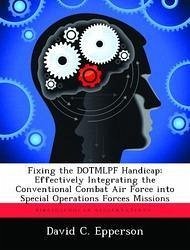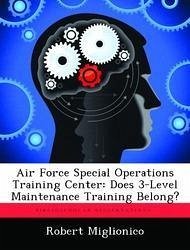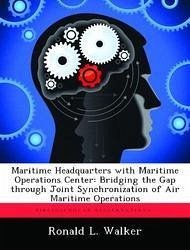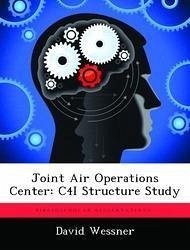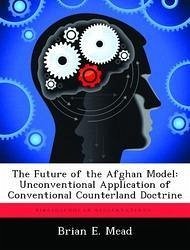Nicht lieferbar
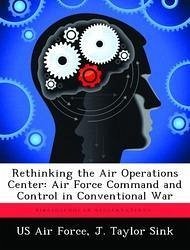
Rethinking the Air Operations Center: Air Force Command and Control in Conventional War
Versandkostenfrei!
Nicht lieferbar
he Air Operations Center (AOC) is the centerpiece of the Air Force's new command and control (C2) system for prosecuting theater conventional war. The AOC is a direct outgrowth of the Tactical Air Control Center (TACC). In Vietnam, the TACC mirrored the divided command structure of the U. S. military establishment in Southeast Asia. This resulted in a C2 system that allowed air power to be responsive to the needs of traditional land campaigns, and yet require extensive planning time for deep interdiction and strategic attacks. Additionally, since a land strategy dictated targeting priorities i...
he Air Operations Center (AOC) is the centerpiece of the Air Force's new command and control (C2) system for prosecuting theater conventional war. The AOC is a direct outgrowth of the Tactical Air Control Center (TACC). In Vietnam, the TACC mirrored the divided command structure of the U. S. military establishment in Southeast Asia. This resulted in a C2 system that allowed air power to be responsive to the needs of traditional land campaigns, and yet require extensive planning time for deep interdiction and strategic attacks. Additionally, since a land strategy dictated targeting priorities in South Vietnam, the Air Force's measure of effectiveness in the South was its ability to strike targets requested by ground commanders efficiently. Similarly, agencies other than the Air Force selected and approved deep interdiction and strategic targets during Rolling Thunder. Thus, the Air Force's measure of effectiveness in the North likewise became its efficiency of attacking targets there. Assessment thereby became disconnected from the political and military objectives. Following the Vietnam War, the Air Force did not conduct a reassessment of the fundamental purposes or theoretical foundations of tactical command and control. Thus, although technology had improved the efficiency of the TACC, the Air Force entered Desert Storm with a C2 system that doctrinally was little changed from Vietnam. There are two implications. First, the air commander cannot execute responsive strategic conventional air war without disrupting the mission planning process, or without sacrificing his attack plan. In addition, since the value of targets may change drastically over time, the system cannot provide the air commander with an objective means of determining the relative importance of pre-planned and "opportunity" targets. Second, assessment remains disconnected from political and military objectives. Despite efforts to improve Battle Damage Assessment, the Air Force's primary measures This work has been selected by scholars as being culturally important, and is part of the knowledge base of civilization as we know it. This work was reproduced from the original artifact, and remains as true to the original work as possible. Therefore, you will see the original copyright references, library stamps (as most of these works have been housed in our most important libraries around the world), and other notations in the work. This work is in the public domain in the United States of America, and possibly other nations. Within the United States, you may freely copy and distribute this work, as no entity (individual or corporate) has a copyright on the body of the work. As a reproduction of a historical artifact, this work may contain missing or blurred pages, poor pictures, errant marks, etc. Scholars believe, and we concur, that this work is important enough to be preserved, reproduced, and made generally available to the public. We appreciate your support of the preservation process, and thank you for being an important part of keeping this knowledge alive and relevant.





